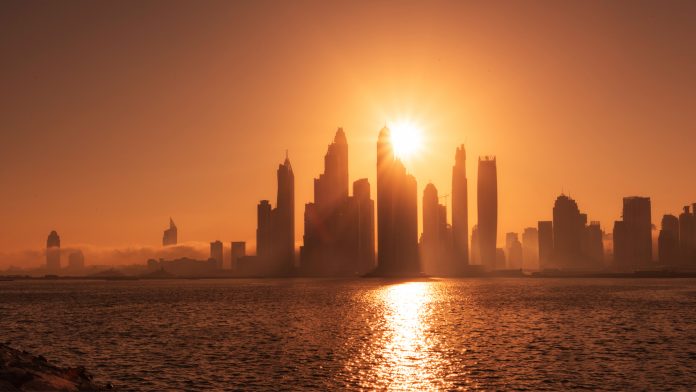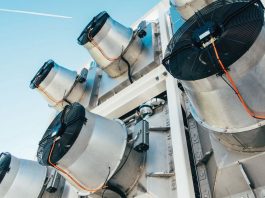Scientists have explained the effects of seasonal variation on urban heat islands (UHI) using a simple new model, which could result in the better preparedness of at risk cities.
The phrase urban heat island (UHI) refers to a metropolitan area that is significantly warmer than the surrounding environment, often as a result of human activity.
Unlike existing urban climate models, the newly developed coarse-grained model provides general insights into how seasonal changes in rainfall, solar radiation, and vegetation conditions affects the intensity and timing of surface urban heat islands at a city-wide scale.
“With just two equations, our model can describe all these complex interactions…For city planners, it provides a new approach that complements more detailed, city-specific tools, and provides general guidelines on the effects of heat mitigation strategies, such as increasing green spaces, in different climates and during different times of the year.
“Because of its simplicity, our framework can be applied to cities where extensive data and detailed simulations are not available,” said Gabriele Manoli, a lecturer in environmental engineering at University College London, who led the research.
How will this model effect further research?
“This can have major implications for local energy consumption, climate adaptation policies, and public health, especially heat-related mortalities,” said Gabriel Katul, Theodore S Coile Distinguished Professor of Hydrology and Micrometeorology at Duke University.
If solar radiation occurs in conjunction with water availability, summer conditions cause strong surface UHI intensities due to high rates of evaporative cooling in surrounding rural areas. The rural areas grow cooler by a few degrees, while the urban area, where impervious and heat-absorbing surfaces can limit the effect of evaporative cooling, grows much warmer.
In cities where rainfall is scarce during summer opposite effect can occur. With less rainfall and vegetation to spur cooling, rural areas heat up and the city experiences an oasis effect.
“These seasonal patterns of warming and cooling have significant implications for heat mitigation strategies, as urban green spaces can reduce heat island intensity during summer, while potentially negative effects during winter of albedo management, e.g. painting streets of white, are mitigated by the seasonality of solar radiation,” Katul noted.









